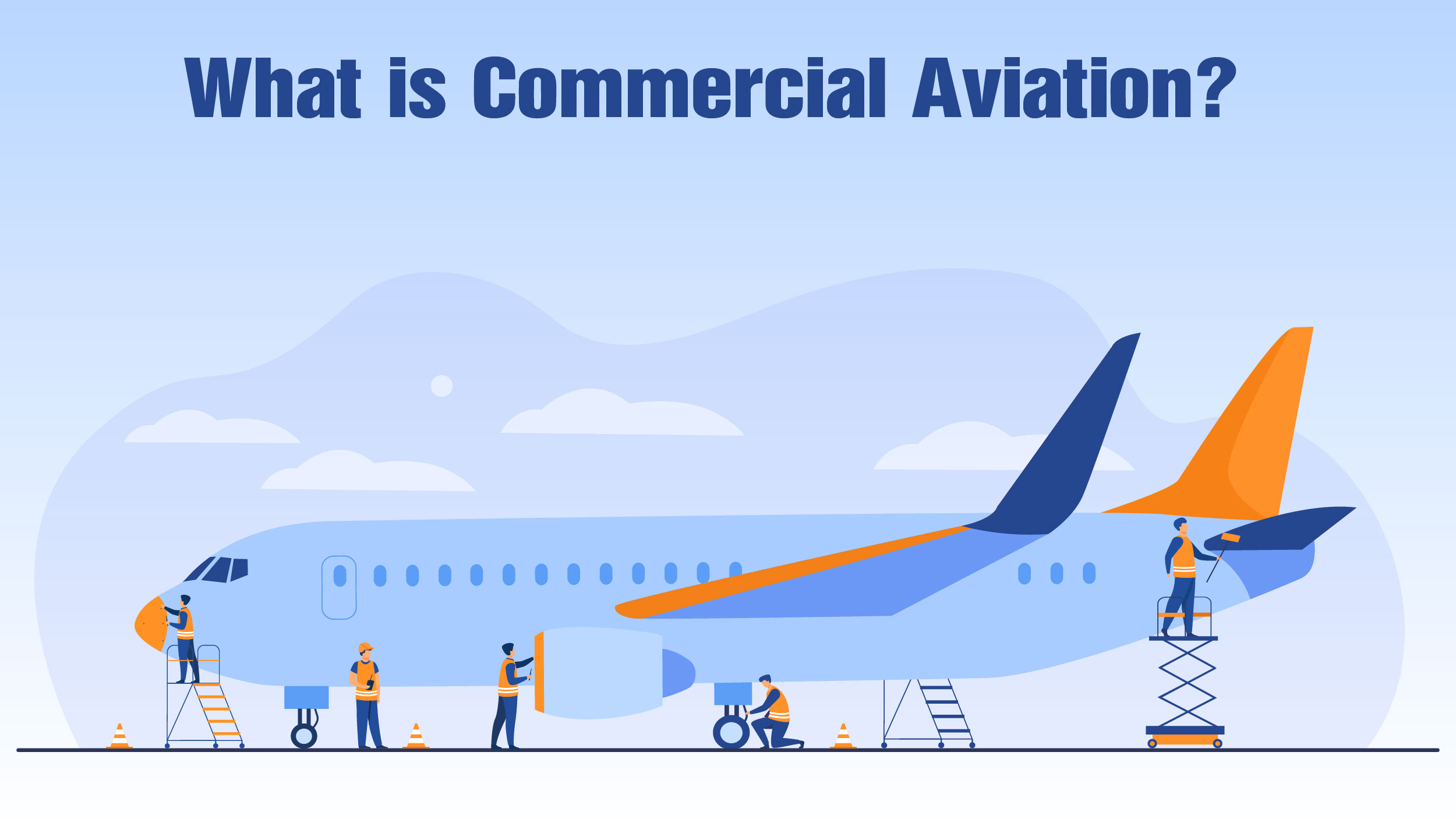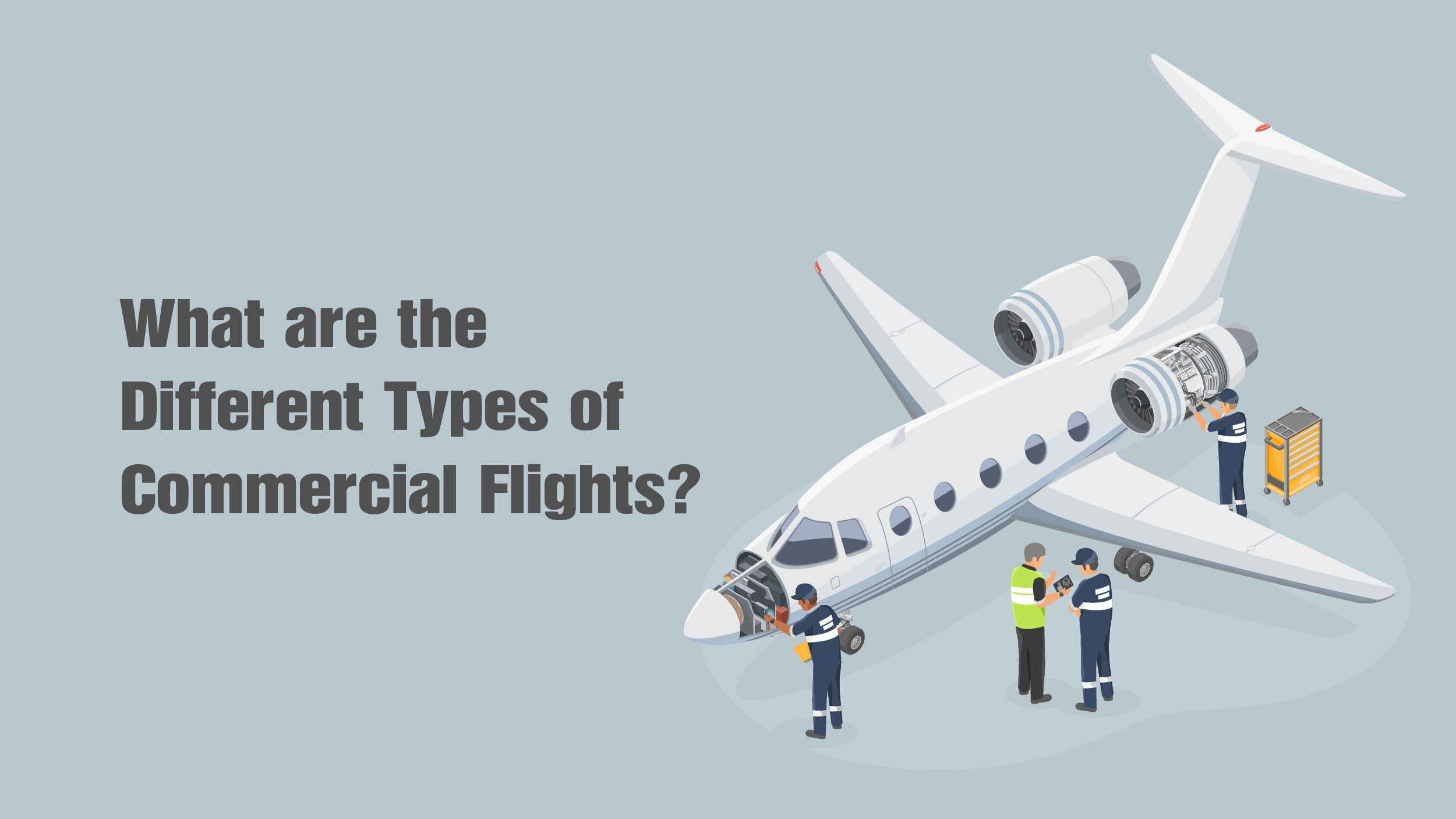In the world of aviation dating back to the 1920s, the term “commercial flights” refers to flights that carry paying passengers. This stands in contrast to private flights, typically reserved for private jet owners or their guests. Commercial flights can be operated by major airline companies, smaller regional carriers, or even private charter companies offering charter flights.
To be more specific, a commercial flight is one operated by an airline that provides scheduled services to the general public, typically for a fee. These commercial airlines transport both passengers and cargo on set timelines, often with multiple flights each day between major hubs. In contrast, charter flights are generally unscheduled and are often arranged as needed.
If you’re interested in delving deeper into the concept of commercial flights and the airlines that operate them, you are at the right place. Let’s get started!
What is Commercial Aviation?

Commercial airlines are companies that specialize in operating aircraft and selling tickets for regularly scheduled flights. These flights usually involve multiple stops at major airports, and the airline typically offers several flights per day along the same route. Some well-known examples of commercial air transport organizations include:
- In the United States: Delta Air Lines, American Airlines, United Airlines, and Southwest Airlines
- In Europe: Ryanair, Lufthansa, Turkish Airlines, and Air France-KLM
- In India: AirAsia India, IndiGo, Air India, and Vistara
Commercial airlines handle the carrying of mail and cargo in addition to passengers. These businesses frequently have distinct divisions for every facet of their business, such as a division dedicated to cargo or a division in charge of operating charter or private flights. They also participate in what is known as corporate or business aviation, which is a type of commercial activity.
Commercial aviation safety is reliant on adhering to rigorous security regulations set by both national and international governing bodies. They are also required to comply with environmental regulations concerning emissions from their aircraft.
Running a commercial airline involves significant expenses, including maintaining a fleet of aircraft, managing air traffic control systems, employing highly trained pilots & crew members, and other factors. Nonetheless, depending on their particular business strategy, commercial airlines may also make money through agreements with credit card issuers or lodging establishments, fees for extra services or checked baggage, and ticket sales.
Decoding the Regulatory Bodies
In the United States, the FAA (Federal Aviation Administration) regulates commercial flights. In the European Union, the European Union Aviation Safety Agency (EASA) oversees regulations, while in India, the DGCA (Directorate General of Civil Aviation) serves as the regulatory body for civil aviation.
These regulatory agencies establish rules and guidelines that all commercial airlines must adhere to, covering aspects such as the types of aircraft used and the maximum allowable flying hours for pilots, even for organizations operating charter flights occasionally.
For commercial aviation, an airline first needs to secure an Air Carrier Certificate from the FAA or the equivalent certification from the DGCA or EASA, depending on their region of operation. The certificate indicates that the airline complies with all the requirements for the safe operation of commercial flights. Once an airline obtains this certificate, it can proceed to schedule flights and transport passengers.
What are the Different Types of Commercial Flights?

Commercial flights are of three primary types: scheduled service, unscheduled service, and cargo flights. It’s crucial to understand that all commercial flights, regardless of their size or scope, share one common factor: government regulation to ensure safety.
Now, let’s delve into the three types of commercial aviation in more detail:
Scheduled Service
These are the flights that typically come to mind when you think of “commercial flights.” They operate on a fixed schedule and usually follow the same route for passenger transport. Major airlines primarily use scheduled service to connect passengers between major cities. Additionally, cargo or freight flights that adhere to a set flight schedule for transporting goods between locations also fall under this category. Such cargo flights often use larger aircraft, like wide-body jets or freighters, to move substantial quantities of items. Charter flights can also be considered part of scheduled service if they operate regularly for a specific customer or route. Scheduled service enhances planning, coordination, and reliability for both airlines and passengers, ensuring predictable arrival and departure times.
Unscheduled Service
These flights lack a predefined schedule and can take off and land at times convenient for passengers. Smaller regional airlines and private charter companies typically offer this type of commercial aviation. Airlines providing this service can carry cargo, passengers, or mail as needed.
Cargo Flights
These commercial flights transport goods instead of passengers. Major airlines predominantly operate cargo flights because they possess the required infrastructure, including aircraft with ample cargo holds, to handle these types of shipments. While most cargo commercial operations are organized for customer convenience, they can also be scheduled when necessary.
Each of these commercial aviation types serves distinct purposes, catering to the diverse needs of passengers and cargo transportation.
In Conclusion
Whether you’re a passenger on a scheduled flight or a shipper utilizing cargo service, the common thread in all commercial flights is the transportation of people or goods in exchange for payment. It’s worth pausing to consider the extensive planning and resource management that underpins the seamless accessibility of flights, the next time you step on board an aircraft. Additionally, with new technologies on the horizon, such as sustainable aviation fuels and electric aircraft, the future of commercial aviation is poised to become even more efficient, environmentally friendly, and affordable.




